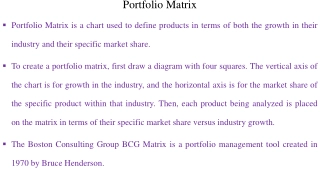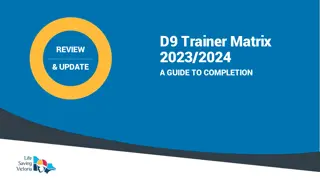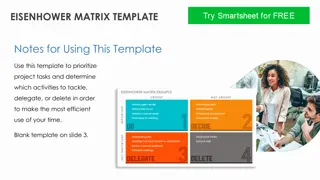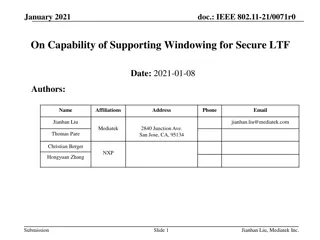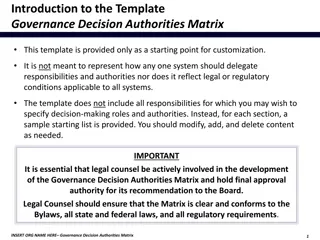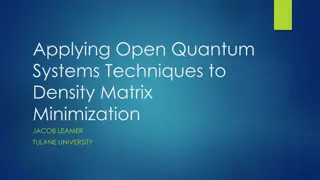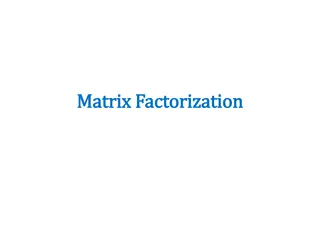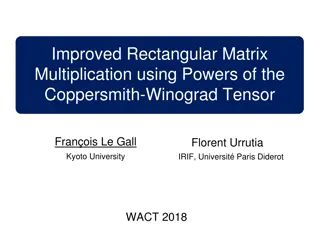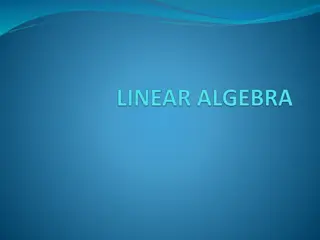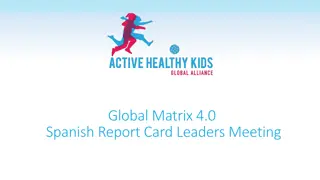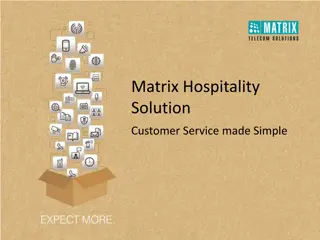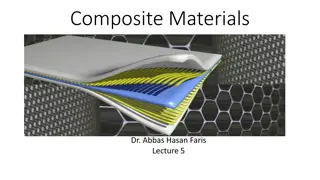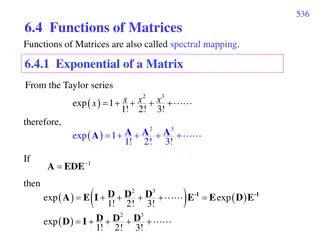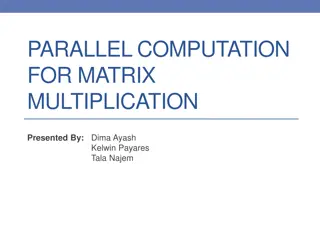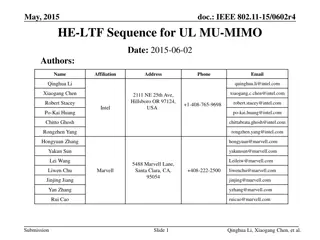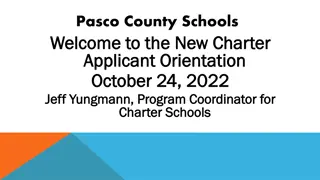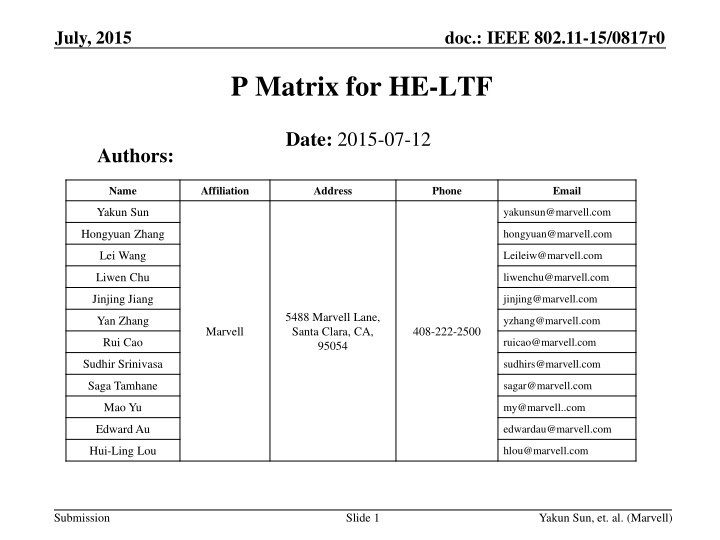
Matrix for High-Efficiency Long Training Field - July 2015 IEEE Document
Explore the detailed matrix for High-Efficiency Long Training Field (HE-LTF) as presented in the July 2015 IEEE document. The document includes contributions from multiple authors affiliated with prominent technology companies like Marvell, Broadcom, Intel, LG Electronics, Samsung, and more. Dive into the insights shared by experts in the field of wireless communication standards.
Download Presentation

Please find below an Image/Link to download the presentation.
The content on the website is provided AS IS for your information and personal use only. It may not be sold, licensed, or shared on other websites without obtaining consent from the author. If you encounter any issues during the download, it is possible that the publisher has removed the file from their server.
You are allowed to download the files provided on this website for personal or commercial use, subject to the condition that they are used lawfully. All files are the property of their respective owners.
The content on the website is provided AS IS for your information and personal use only. It may not be sold, licensed, or shared on other websites without obtaining consent from the author.
E N D

